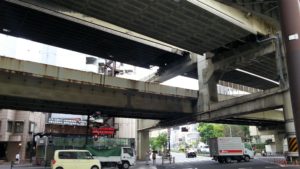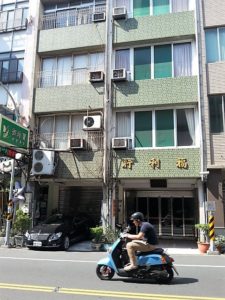Yokohama Kaidashi Kikou (“Logs of a Yokohama shopping trip”) is an outworldly manga with scifi unlike any seen before. It takes place in a post-apocalyptic world with androids that stay young while humans live off humanity’s last days.
And contrary to what one would expect from this plot, everything is peaceful, sunny, rural and a hymn to life’s little moments.
~
The heroine is an android running a café on top of a cliff over the sea, somewhere in the countryside near Yokohama. Yokohama is technically, and actually, not Tokyo. Yet they are connected by plain city train and you’d be excused for mistaking them for a single urban sprawl on a map.
So, “YKK” would make for one of the stops in my “artsy Tokyo tour”, my effort of visiting the actual spots where great works of art took place!
There was only one thing standing in my way: there is no explicit spot where YKK takes place; also, in its timeline the seas have risen, changing the coastline.
But hey, Yokohama is still Yokohama, and YKK fans have even pinpointed landmarks from the manga to their real locations. How tough can it be to find a coast where the cliff with Alpha’s Café could be?
After one hour, high on google maps, wikipedia, fan sites and the sight of the shinkansen passing in front of the window of the cheap hotel room where I spent my last days in Japan, I decided where the café would be. It would be outside Zushi, a resort town south of Yokohama, near the edge of the land mass; at a spot at walking distance from the beach yet with cliffs hanging over the water.
~
A couple of hours later, at Yokohama, I was changing to an actual train to Zushi. The route, the town and the whole day were surreally beautiful, organic yet somehow extremely clean-cut, all in the unforgiving vertical sunlight. But I’ll speak of them on another day. For now, there are three things to mention about my quest for YKK.
First, I think I made the right call. The countryside on the way to and around Zushi was giving me a crazy feeling of inverted déjà-vu; visions of Hitoshi Ashinano’s art kept popping up, as if summoned by the surroundings.























